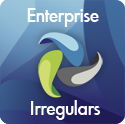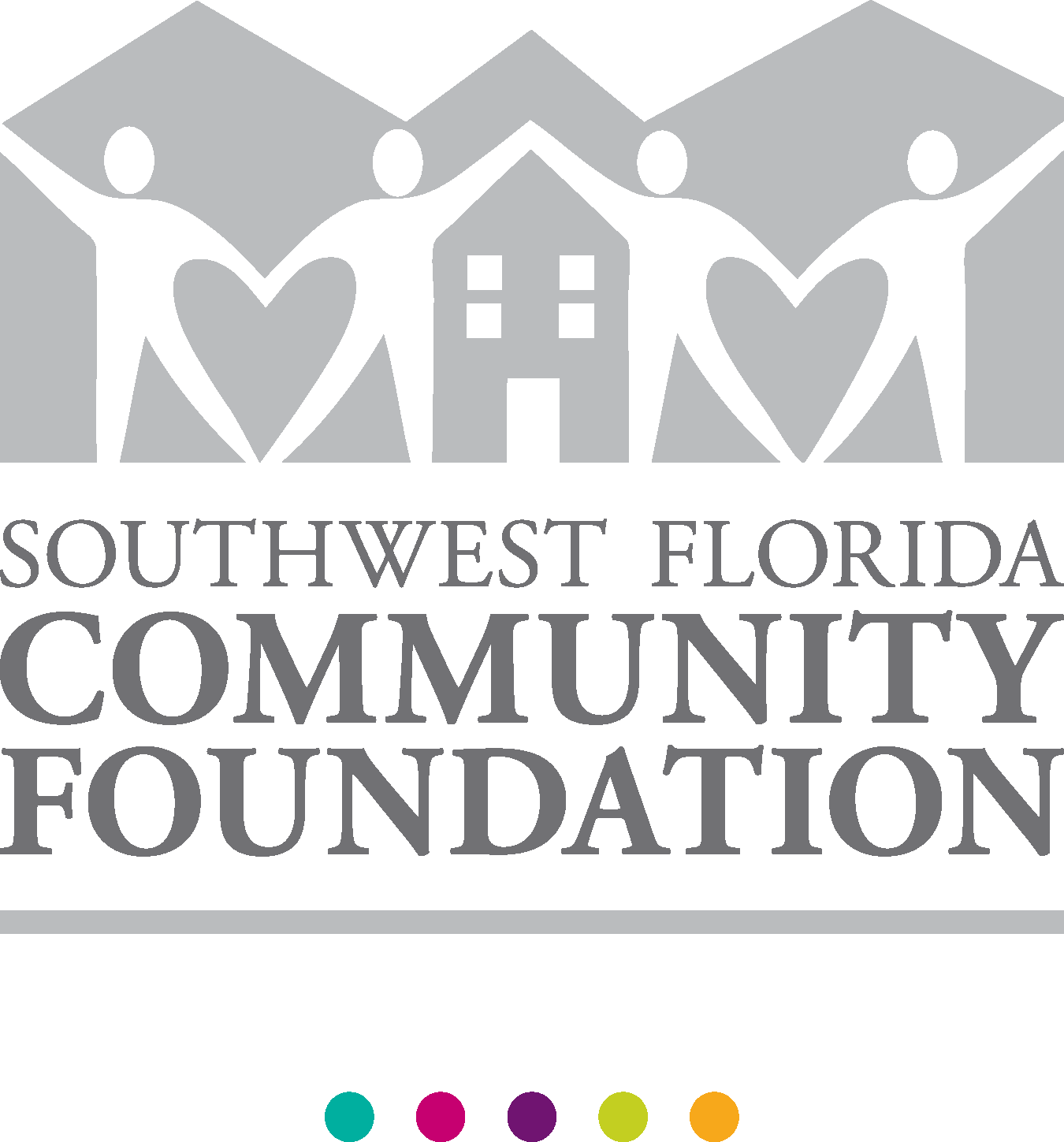Originally published, 2/4/2011, I’ve updated this post on 1/5/2012 to emphasize the tremendous, really critical importance of understanding and making effective use of data analysis to drive improved decision-making. So that you can spot the updates, I’vedone them in italics.
As many of you know, I’ve worked extensively with HRM product strategy/product management leaders as they envision and then specify the capabilities of their HRM software products and related outsourcing services. But as our industry has moved from Victorian novel specifications to object model-based expressions of desired functionality, I’ve been unpleasantly surprised at the number of product strategy/product management folks, not to mention subject matter experts, who cannot express their domain expertise in insightful, lean and durable patterns. Folks who cannot express their subject matter knowledge in patterns, who cannot write insightful use cases, from which to abstract/help to abstract the object model implications of that subject matter and those use cases, these folks can really derail and/or delay mightily all attempts to reinvent HRM with modern software.
- Confusing and mingling inappropriately the attributes of an employee with those of their employment “contract” and those of their specific work assignments. A great use case for unraveling these mysteries is to consider an employee who has signed up for full-time, ongoing employment with a personally negotiated six weeks of vacation (to compensate them for their longevity with their previous employer from whom you’re recruiting them) and whose first assignment is to a position that has a fixed term and budget of six months.
- Missing the need for an overarching concept of KSAOC to tie together the myriad types of human capabilities that are essential to so many aspects of strategic HRM (aka talent management). Prior work experience verified via reference checks, academic accomplishments verified via diplomas and transcripts, licenses and certifications with their very concrete verifications and frequently needed renewals, willingness/availability to travel contributed by the person in question, physical prowess and/or disabilities verified via physical measurements (e.g. visual acuity and ability to lift a stated weight), attitudes measured via standardized and vetted tests and behaviors observed via actual performance — and the list goes on — all these and many more human capabilities may be relevant to the work at hand but characterized by quite different attributes and methods, and it takes KSAOC to tie them together into what’s commonly called a talent or personal profile and to provide an overarching structure for weighted analysis.
There are many KSAOCs needed for a long and successful career as a business analyst/delivery system strategist or director/product consultant/product manager/etc., and modeling the domain in objects is just one area of needed expertise. I would also note that the people working across corporate HR and IT organizations who see themselves as business analysts, and their colleagues who see themselves as strategic thinkers about HR operations and HRM process design, need very much the same set of KSAOCs. The foundational KSAOCs for any capable, future-proofed business analyst include:
- Excellent, fast and compelling writing;
- Excellent, fluent and compelling speaking;
- A commitment to and investment in lifelong learning;
- Attention to details combined with the ability to see/create/communicate the big picture;
- Quick thinking “on your feet;”
- A global perspective on business and geopolitics along with relevant local knowledge of your industry and cultural environment;
- Quality education in the liberal arts — literary criticism, anthropology, psychology, and so many more “liberal” arts subjects enhanced critical thinking, writing, speaking etc. KSAOCs;
- Quality education in business — you’ll need the basics of accounting, production management, marketing and sales, and so much more to understand the context within which business analysis addresses specific issues/problems;
- Quality education in mathematics/science/etc. to ensure that you have a solid grounding in the statistics and scientific method that are increasingly required for effective HRM domain expertise; and
- Critical thinking/visualization/classification, generalization/abstraction, enumeration and so much more in the areas of data analysis, data mining, and data-driven business decision-making.
But we’re not just talking here about any capable, future-proofed business analyst but rather about those who work at the intersection of HRM and IT. For these valued colleagues, even more KSAOCs are needed in terms of specific, up-to-date and often strategic knowledge of:
- The HRM subject matter, in terms of its breadth, complexity, geographical variations, regulatory overlay, and strategic interconnections;
- The full and modern lifecycle of applying IT to HRM, from strategic planning for the HRM delivery system through evaluation/selection/implementation of both packaged HRM software and HR outsourcing arrangements, and on to the optimization and constant refreshing of all the HRMDS components;
- A wide range of available HRM software and services — beware the fallacy of using a hammer on all business problems because that’s the only tool you’ve master — along with more detailed knowledge about at least a few; and
- Why and how vendors/products differ, how to illuminate and evaluate those differences, and what conclusions to draw in a specific business situation about the relevance and meaning of those differences.
Are you exhausted? Well so am I, and I’m a working albeit senior business analyst above all else. And we haven’t even touched on turning your KSAOCs into industry impact and thought leadership through speaking/publishing/networking all enabled via social technology. Looks like we’re going to need another post. In the meantime, a little traveling music:
http://en.wikipedia.org/wiki/Major-General’s_Song to hear George Baker singing the Major-General’s Song with the D’Oyly Carte Opera Company, conducted by Malcolm Sargent (1929)
The terrific cartoon that introduced this post is from a blog I recommend: http://www.stellman-greene.com/2007/08/03/qa-how-to-get-ahead-in-business-analysis-without-really-trying/







[…] Staying competent and relevant is really hard work, and your career today is much less about what you did in the past and very much about what you’re able to do right now. What matters at work is what you contribute today and tomorrow. ALL of my clients are much younger than I am, and that affords me some really wonderful learning opportunities as I am constantly exposed to their way of viewing our world of HRM and HR technology. But what they expect from me in terms of contribution is not conditioned on what I produced a generation ago but rather on what I can produce now. And that’s entirely reasonable. […]
[…] written a lot about this topic from different perspectives (here and here for starters), but it wasn’t until this particular HR Happy Hour that I thought about this issue […]
Now where the heck’s the tweet button? Oh, there it is…
Bravo! The ability to design software well is a much overlooked skill. Too often design teams are hired for functional domain expertise without the ability to identify and articulate patterns. On the technology side you often see ‘architects’ who are responsible for ensuring cohesive technical solutions but what about functional architects?
[…] Naomi Bloom, at In Full Bloom, covers the need for analysts to express their subject matter knowledge and domain expertise in insightful, lean and durable patterns in So You Think You’re an HRM Business Analyst/Product Strategist. […]
[…] (Cross-posted @ In Full Bloom) […]
[…] This post was mentioned on Twitter by Naomi Bloom and William Tincup, Starr Tincup. Starr Tincup said: From Ms. Bloom: So You Think You’re An HRM Business Analyst/Product Strategist? http://bit.ly/gj6bDw […]